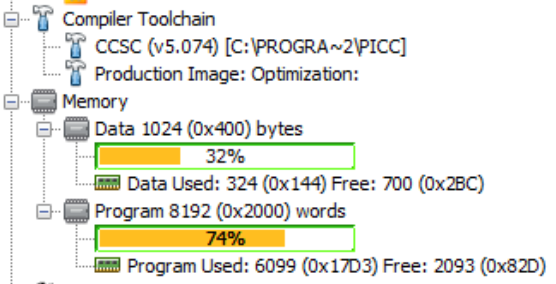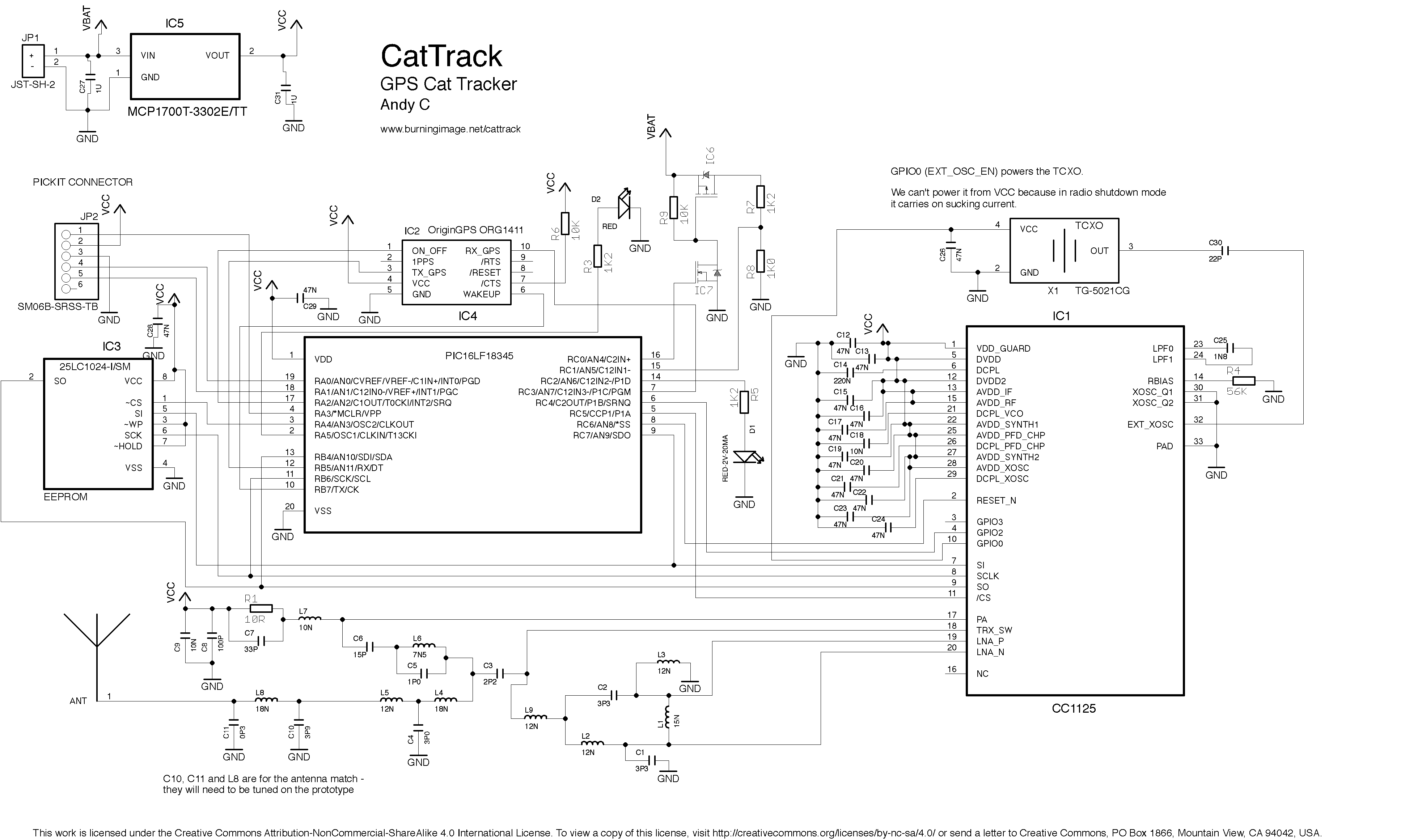It’s been a couple of months without an update, but I have been busy with CatTrack. I’m currently waiting for oshpark to send back an issue 2 PCB.
The only real change from the issue 1 PCB to the issue 2 PCB is a change in voltage regulator. I have spent a long time over the last couple of weeks scalpeling my existing board and isolating everything in order to measure how much current each of the devices on the board is consuming.
I initially measured the current consumption of the whole board with everything in ‘sleep’ mode as 3.5uA. This didn’t really add up with what I expected, so I isolated each device in turn (MUCH easier said than done!) and measured the current of the PIC, RF95W and regulator seperately.
I started with the PIC. There are plenty of guides around the Internet detailing how to reduce the current consumption of a PIC to a minimum. Microchip themselves have a good guide.
Continue Reading “CatTrack 3.0 Minimising Current Consumption…”

